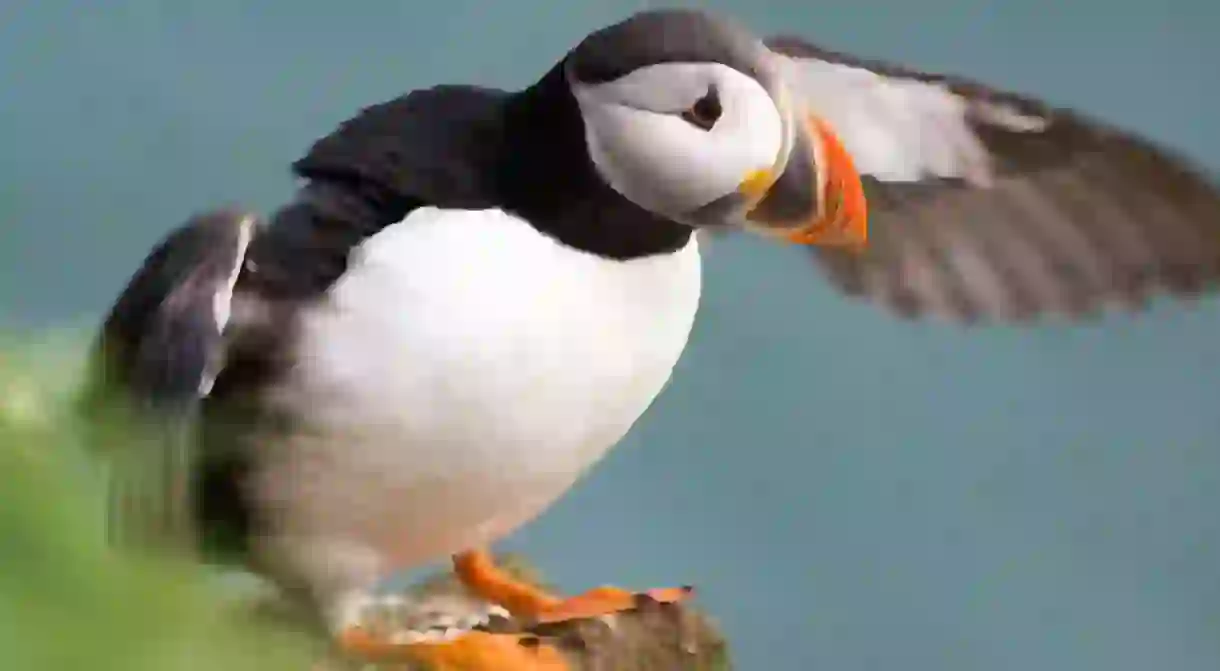9 Stunning Pitstops Along the Aberdeenshire Coast

Aberdeenshire has 165 miles of coastline to explore; a coastline that has been rated one of the most scenic in the world. One of the reasons for this is due to its varying nature — long and empty sandy beaches here, hidden sheltered coves there, with towering cliffs filled with seabirds and topped with ancient castles. Here is our guide to nine of the most marvellous spots to visit along the Aberdeenshire coast.
Duff House
Designed by William Adnan and built for William Duff of Braco, Duff House is a simply magnificent example of a Georgian house. Constructed between 1735 and 1740, the mansion is full of art, both in the stone carvings on the outside and also within, as it has been a part of the National Galleries of Scotland since 1995 — exhibiting art on a revolving basis. The rooms are beautifully furnished and, as the building is owned by Historic Environment Scotland, it is open to the public. As well as the interior, the outside has lovely walks along the River Deveron, and through the grounds and woods surrounding the house. It has been said that Duff House is one of the finest examples of Georgian architecture in the world.
Duff House, Low Street, Banff, +44 1261 818181

Museum of Scottish Lighthouses
Museum

Stonehaven

New Slains Castle
Building

Torry Battery

RSPB Fowlsheugh

Dunnottar Castle
Architectural Landmark

Portsoy
Ice Cream Parlour

St Cyrus National Nature Reserve














